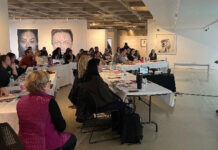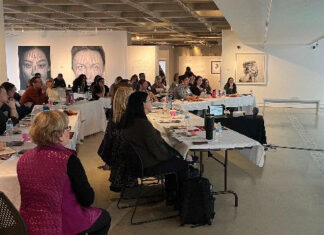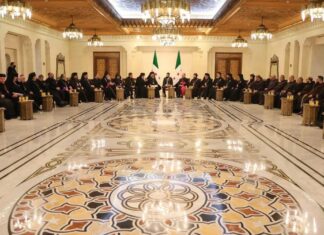By Andy Turpin
Mirror-Spectator Staff
WATERTOWN, Mass. — Documentary filmmaker, visual artist and Armenian Genocide lecturer Apo Torosyan is no stranger to genocidal violence. As a teenager in 1950s Turkey he and his family were victims of anti-Armenian pogroms and riots organized by the Turkish state.
Born in 1942 to an Armenian father and Greek mother in Istanbul, Torosyan graduated from the Academy of Fine Arts in Istanbul in 1968, immigrating to the US the same year.
After thirty years in the Boston area working as a commercial and gallery visual artist Torosyan transitioned in 2003 to a career in independent documentary filmmaking and editing, setting up his own studio in his residence.
To date Torosyan has made seven documentary films, four of which are oral history films and recordings of Armenian Genocide survivors and Armenian/Greek survivors of the anti-Christian massacres that continued into Turkey’s Republic period through the 1920s and 30s [“Edincik,” 2003, “Witnesses,” 2005, “Voices,” 2007 and “The Morgenthau Story,” 2008].
Within the past twenty years, however, Torosyan has also begun giving lectures at various schools, universities and public forums educating citizens about the history of events and Turkish denial of the Armenian Genocide.








